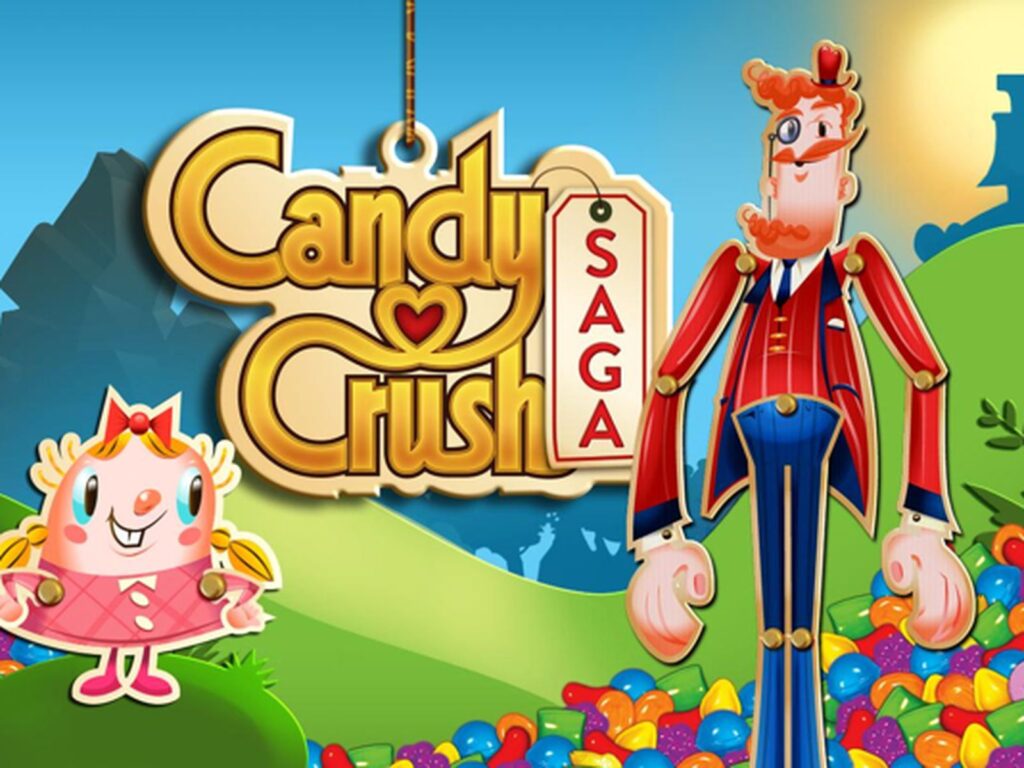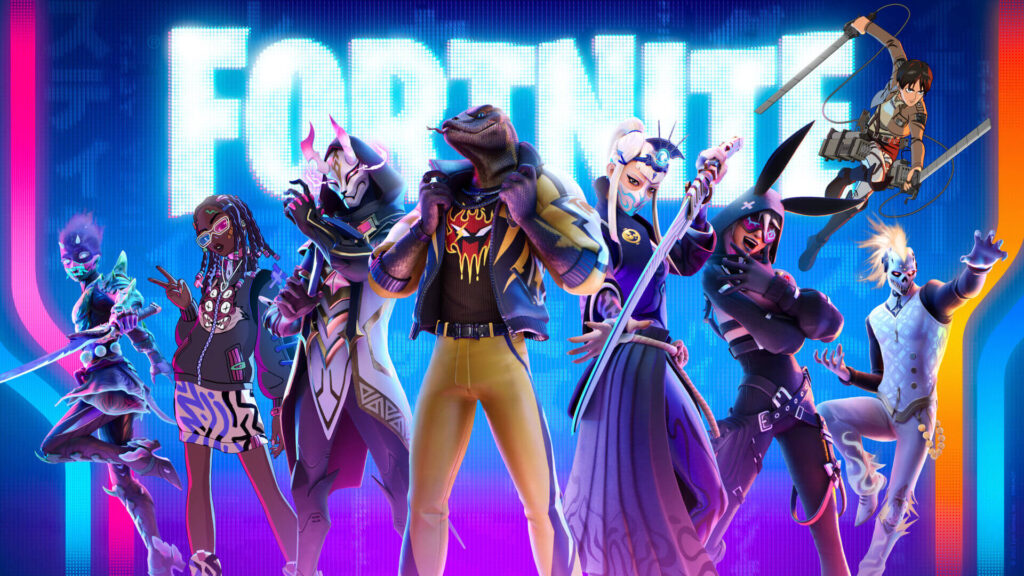Mobile gaming has taken the world by storm, with more than 3 billion people playing games on their smartphones globally. The rise of mobile games has been fueled by the increasing accessibility of smartphones and the availability of high-speed internet connections. As a result, businesses are looking to tap into this massive audience by monetizing their mobile app games.
Monetizing a mobile app game can be a challenging task. There are various methods available, and each comes with its own set of advantages and disadvantages. In this article, we will explore some of the most popular methods businesses use to monetize their mobile app games.

1. In-App Advertising
In-app advertising is one of the most common methods of monetizing mobile app games. This method involves displaying ads within the game itself. The ads can be in the form of banners, interstitials, or video ads. When a user clicks on the ad, the business earns a certain amount of revenue.
According to a report by Data.ai (formerly App Annie), in-app advertising is the most popular monetization model for mobile games, accounting for over 50% of all revenue generated by mobile games. In 2022, global in-app advertising revenue was estimated to be around $327 billion, with mobile games contributing a significant portion of this revenue.
One of the advantages of in-app advertising is that it does not require users to pay anything to access the game. This means that businesses can reach a wider audience, including those who cannot afford to pay for the game. In addition, in-app advertising is relatively easy to implement, as businesses can partner with ad networks to display ads within the game.
However, in-app advertising has its drawbacks. For example, some users may find the ads intrusive, leading to a negative user experience. In addition, some users may be deterred from playing the game altogether if there are too many ads.

Candy Crush Saga is a popular mobile app game that has been downloaded over 2.7 billion times since its launch in 2012. The game uses in-app advertising as one of its primary monetization methods. Players are shown ads between levels, which can be skipped after a few seconds. According to a report by Business Insider, Candy Crush Saga generates over $1 billion in revenue annually, with in-app advertising contributing a significant portion of this revenue.
2. In-App Purchases
In-app purchases are another popular monetization method for mobile app games. This method involves offering users the ability to purchase virtual goods or services within the game. These virtual goods can include items such as additional lives, extra levels, or in-game currency.
According to a report by Statista, in-app purchases were the second most popular monetization model for mobile games, accounting for over 30% of all revenue generated by mobile games. In 2022, global in-app purchase revenue was estimated to be around $176 billion, with mobile games contributing a significant portion of this revenue.
One of the advantages of in-app purchases is that they allow businesses to generate revenue from a small percentage of users who are willing to pay for premium features. In addition, in-app purchases can be used to provide a more engaging and rewarding experience for users, as they can unlock new features by purchasing virtual goods.
However, in-app purchases also have their drawbacks. For example, some users may feel that they are being forced to pay for features that should be available for free. In addition, some users may be deterred from playing the game altogether if they feel that they cannot progress without making in-app purchases.

Fortnite is a popular mobile app game that has been downloaded over 350 million times since its launch in 2017. The game uses in-app purchases as its primary monetization method.
Players can purchase V-Bucks, the game’s virtual currency, which can be used to buy items such as skins, emotes, and weapons. According to a report by Business Insider, Fortnite generated over $5 billion in revenue in 2021, with in-app purchases contributing a significant portion of this revenue.
3. Subscription Model
The subscription model is a less common but effective way to monetize mobile app games. This method involves offering users access to premium content or features for a recurring fee. This model can be used for both single-player and multiplayer games.
According to a report by Business Wire, subscription revenue for mobile games was valued at $7.8 billion in 2021 and is expected to grow at a CAGR of 10.68% over the period of next 5 years. The report also noted that subscription-based games saw higher revenue per download than non-subscription-based games.
One of the advantages of the subscription model is that it provides a predictable and consistent revenue stream for businesses. In addition, it allows businesses to offer premium features and content to users without the need for in-app purchases.
However, the subscription model also has its drawbacks. For example, users may be hesitant to subscribe to a mobile app game, as there are many other free alternatives available. In addition, businesses may struggle to retain subscribers, as users may cancel their subscription if they feel that they are not getting enough value for their money.

Apple Arcade is a mobile app game subscription service that was launched by Apple in 2019. The service offers users access to a library of over 180 games for a monthly fee of $4.99. The service has been successful, with over 825 million subscribers as of mid 2022. The success of Apple Arcade has prompted other companies, such as Google and Amazon, to launch their own game subscription services.
4. Sponsorship and Brand Partnerships
Sponsorship and brand partnerships are another way to monetize mobile app games. This method involves partnering with brands to promote their products or services within the game. For example, a car manufacturer may sponsor a racing game, or a soda company may sponsor a puzzle game.
According to a report by Research Dive, brand advertising in mobile games is expected to reach $17.6 billion by 2030.
One of the advantages of sponsorship and brand partnerships is that they can provide a significant revenue stream for businesses. In addition, they can provide a more immersive experience for users, as they can interact with brands within the game.
However, sponsorship and brand partnerships also have their drawbacks. For example, users may feel that the game is too commercialized if there are too many sponsored products or services. In addition, businesses may struggle to find brand partners that are a good fit for the game.

Subway Surfers is a popular mobile app game that has been downloaded over 2.5 billion times since its launch in 2012. The game has partnered with various brands over the years, including Coca-Cola, McDonald’s, Amazon and Burger King. These partnerships have included in-game promotions and branded content. According to a report by Forbes, Subway Surfers generates over $60 million in annual revenue through sponsorships alone.
Sponsorships can be a lucrative revenue stream for mobile games, especially those with a large and engaged user base. By partnering with well-known brands, mobile game developers can increase their visibility and generate additional revenue through advertising and product placement.
5. Cross-Promotion
Cross promotion is a strategy where a business promotes its other products or services within its mobile app game. This can be an effective way to monetize the game by driving downloads and increasing revenue from other products. One example of a business that has successfully monetized its mobile app game through cross promotion is King, the developer of the popular game Candy Crush Saga.
King has been able to generate significant revenue through cross promotion by promoting its other games within Candy Crush Saga. For example, when a player completes a level in Candy Crush Saga, they are presented with a screen that shows them other King games that they may be interested in downloading. This encourages players to try other games and can drive additional revenue for King.
According to a report by Sensor Tower, Candy Crush Saga generated over $1.5 billion in revenue in 2020, with the majority of that revenue coming from in-app purchases. However, the report also noted that cross promotion was a significant driver of revenue for King. In fact, the report found that 30% of players who downloaded another King game did so through cross promotion within Candy Crush Saga.
Another example of cross promotion in mobile app games is the popular game Clash of Clans, developed by Supercell. The game features a section called “More Games” where players can find other games developed by Supercell, such as Clash Royale and Brawl Stars. By promoting its other games within Clash of Clans, Supercell has been able to drive additional downloads and revenue from its other games.
Need help in developing/monetizing your game?


